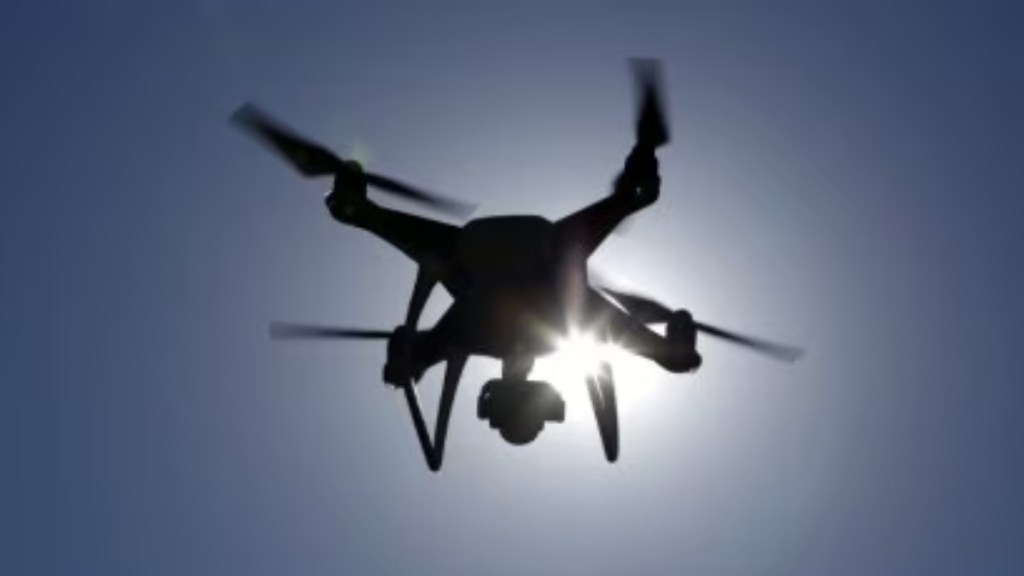As Prime Minister Narendra Modi prepares for a likely visit to the United States later this month, defence analysts are closely watching for major announcements, particularly concerning the long-awaited deal for 31 MQ-9B Predator armed drones. While the visit has not yet been officially announced, the defence agreement, which must be finalized before October 31, 2024, is expected to be a significant focal point. The deal, valued at an estimated cost of US$3.99 billion, would mark a major step in enhancing India’s unmanned aerial capabilities.
The MQ-9B Predator drones, manufactured by US-based General Atomics, have been on India’s wish list for several years. These state-of-the-art drones are capable of conducting precision strikes, intelligence gathering, and surveillance missions over extended periods, making them a critical asset for the Indian Armed Forces. The urgency to finalize the deal stems from the October 31, 2024 deadline, which, if missed, could lead to price renegotiations or further delays.
General Atomics has already identified several Indian companies that will play crucial roles in maintaining and possibly manufacturing components for these drones, underscoring the deal’s importance in bolstering India’s indigenous defence manufacturing sector.
During his visit, PM Modi is also expected to engage in discussions with U.S. defence industry leaders, focusing on a range of advanced military technologies that could significantly enhance India’s naval capabilities.
One of the key topics likely to be on the agenda is the Electromagnetic Aircraft Launch System (EMALS). This cutting-edge technology, developed by General Atomics, represents a leap forward in the capability of aircraft carriers. EMALS uses electromagnetic energy to launch aircraft from the deck of a carrier, replacing the traditional steam catapult system. Its flexible architecture makes it adaptable not only to different ship platforms but also to land-based installations, offering a strategic advantage in remote locations with limited runway lengths.
The idea of incorporating a land-based EMALS into India’s defence strategy has generated considerable interest. The system’s proven track record, demonstrated by its successful operation at Joint Base McGuire-Dix-Lakehurst in New Jersey since 2009, has solidified its reputation. It has been instrumental in launching a wide range of aircraft, including the F-35C, EA-18G Growlers, and F/A-18 Super Hornets. For India, which is keen on developing an indigenous fleet of aircraft carriers, acquiring EMALS could be a game-changer, enhancing the operational flexibility and power projection of its naval forces.
In addition to EMALS, the meetings may also explore cooperation in advanced sensors, weapons systems, and other enabling technologies, potentially through the India-US Aircraft Carrier Technology Joint Working Group. Such collaboration could significantly elevate the Indian Navy’s capabilities, particularly as the country looks to strengthen its maritime security in the face of growing regional challenges.
The Biden administration has shown a strong commitment to supporting India’s defence needs, aligning with broader strategic interests in the Indo-Pacific region. As the clock ticks toward the October deadline, all eyes will be on the outcomes of PM Modi’s visit, which could significantly reshape the landscape of India’s military capabilities.

